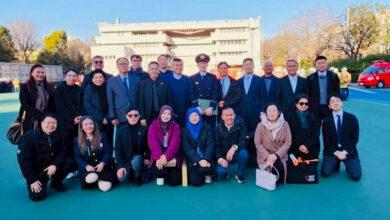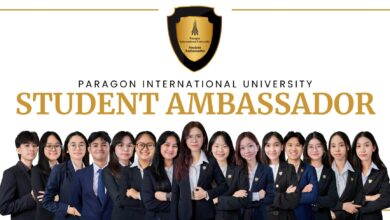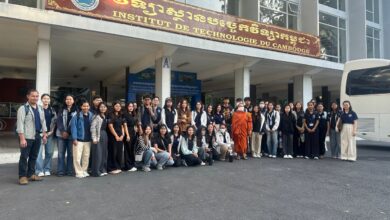Chula University Economics Students Achieve First Place in National Quiz Competition 2023

Chulalongkorn University recently reported that its Faculty of Economics students achieved first place in the Economics Quiz Competition for the 2023 academic year. The competition occurred on January 31, 2025, at Walailak University in Nakhon Si Thammarat Province, featuring participation from students representing 18 public and private institutions across Thailand.
Winning Team Composition
The winning team consisted of Ms. Chompunut Tengrangsang, a third-year student; Mr. Shinawatra Jongrak, a fourth-year student; and Ms. Jennifer Manika Van Bien, also a fourth-year student.
Faculty Advisors
Faculty advisors for the team included Assoc. Prof. Dr. Nipit Wongpunya, Asst. Prof. Dr. Pathomwat Chantarasap, and Asst. Prof. Dr. Watcharapong Ratisukpimol, all from Chulalongkorn University’s Faculty of Economics.
(Source: Chulalongkorn University)




